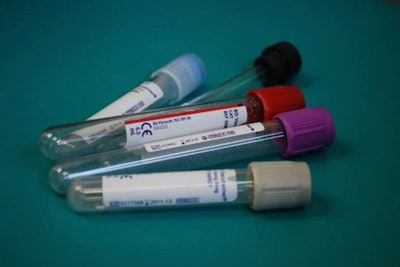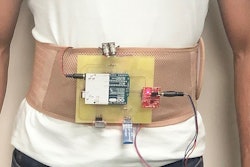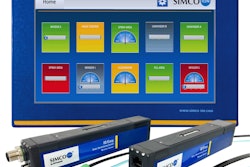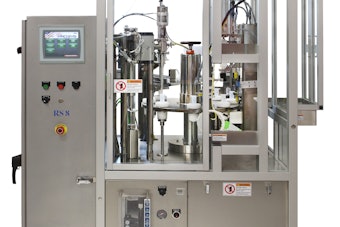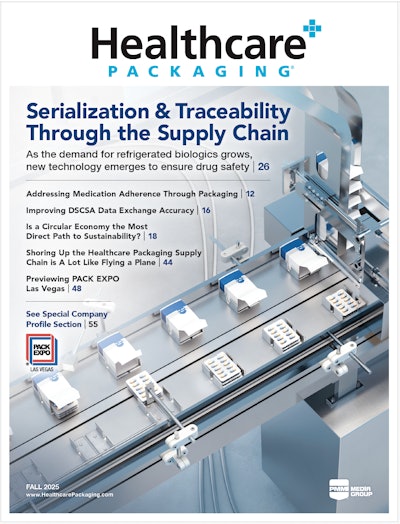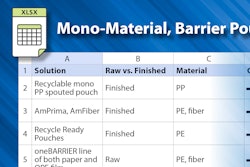Diagnosing Alzheimer’s currently requires neuroimaging, which is expensive, takes a long time to schedule, and are difficult to access as they require MRI and PET scanners. In 2011, the National Institute on Aging and the Alzheimer’s Association established the guidelines for diagnosing Alzheimer’s, which are referred to as the AT(N) Framework. It requires the detection of three components of pathology: presence of amyloid plaques, tau tangles, and neurodegeneration in the brain.
A recent NeurosciencesNews.com article discussed a new method for detecting Alzheimer’s-related neurodegeneration from a blood sample. The novel biomarker test was developed by neuroscientists at the University of Pittsburgh School of Medicine, and it focuses on “brain-derived tau,” also known as BD-tau, which is specific to Alzheimer’s disease and correlates with Alzheimer’s neurodegeneration biomarkers in the cerebrospinal fluid. The team designed a special antibody that selectively binds to BD-tau to make it easily detectable in a blood sample. The team is planning large-scale clinical trials in a wide range of subjects to validate the test.
